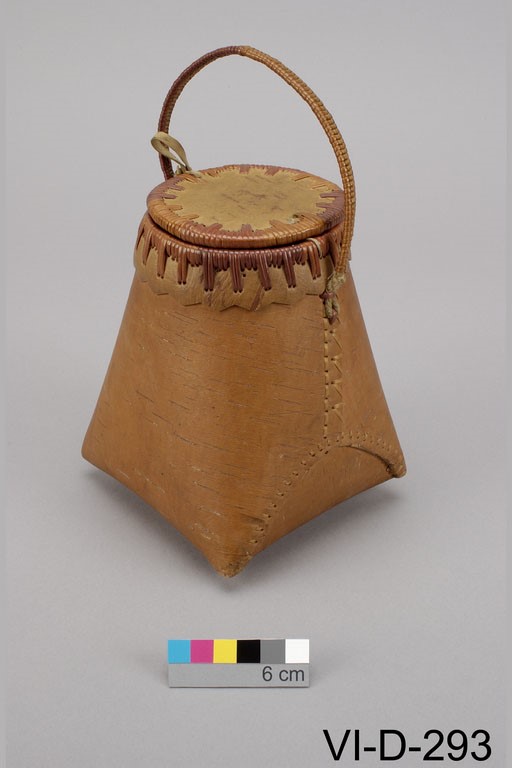Editor’s note: This is part one of a two part series on the history of human relationships with trees in Alberta. Next week’s post will discuss the development of the forestry industry, modern research and the Heritage Art Series.
Written by: Todd Kristensen, Archaeological Survey of Alberta
People in Alberta have relied on trees since these woody plants colonized our ice-scraped province around 11,000 years ago. Millions of collective hours were spent by people gathering and chopping wood for warmth and cooking, but our relationship with trees runs much deeper than heat. People in Alberta have relied on them to build tools, homes, and transportation networks, and our forestry industry continues to shape the province.

What Trees Grow Here and Why?
Much of the prairies are too hot and dry for forests, but most of central and northern Alberta have ideal temperatures and moisture levels for trees: over 60% of the province is covered by forests. While our precipitation helps trees grow, Alberta is dry enough (over long enough periods in the summers) to be fire-prone. Most natural forests here rarely exist for more than 100 years before a fire re-starts the growth of a series of plant communities (called ‘succession’). Our ‘pyrogenic’ forests are younger and typically smaller than neighbours to the west where heavier rains and different soils produce massive old growth forests that often exceed 600 years old.






